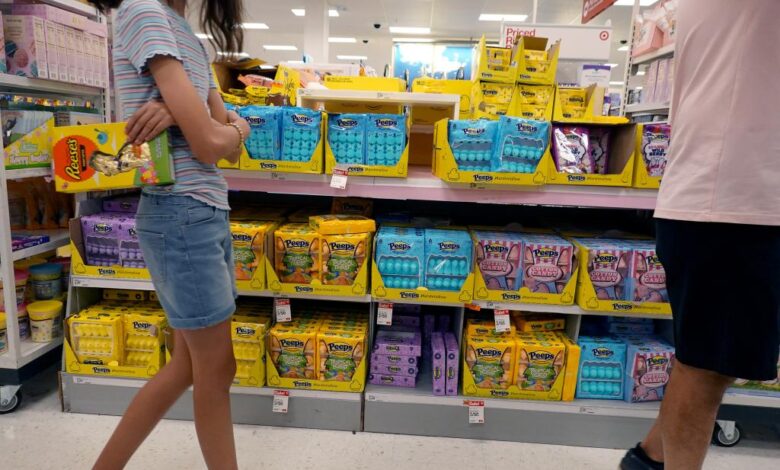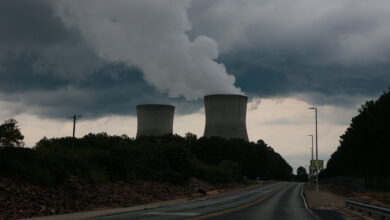Easter spending forecast to climb 5% despite high inflation, recession fears

US Consumer Spending for Easter Expected to Rise by 5%
According to a report by the National Retail Federation, US consumer spending for Easter is projected to increase by about 5% this year. Despite concerns surrounding high inflation and economic uncertainty, Americans are eagerly purchasing candy and gifts to celebrate the holiday.
The survey conducted by the trade body indicates that shoppers are anticipated to spend approximately $23.6 billion this year, compared to $22.4 billion last year. Discount stores are once again expected to be the top destination for Easter shopping.
The prices of eggs, commonly used for Easter decorations and games, have nearly doubled from last year due to avian influenza causing a shortage of eggs in February as millions of hens were affected.
Walmart, a retail bellwether, excluded eggs from its annual Easter promotional meal kit, which was shared last month at a lower price than in 2024.
President Donald Trump’s tariffs on several trade partners have also raised concerns about a potential recession, impacting consumer sentiment in the United States.
Despite these challenges, retailers like Target and dollar stores, which saw strong Christmas spending in the previous quarter, expect consumers to show similar interest in shopping for Easter.
Katherine Cullen, NRF vice president of industry and consumer insights, stated, “As we witnessed throughout the pandemic, holidays such as Easter are especially meaningful for Americans during times of uncertainty. And we are continuing to see that trend as consumers prioritize their Easter celebrations this year.”

NRF’s forecast suggests that the majority of consumers are expected to shop based on tradition to purchase Easter-related items, while 36% will be influenced by sales and promotions.
Candy, food, and gifts are likely to be the top items on shopping lists this Easter, with consumers projected to spend a total of $7.4 billion on food, $3.8 billion on gifts, and $3.3 billion on candy.





